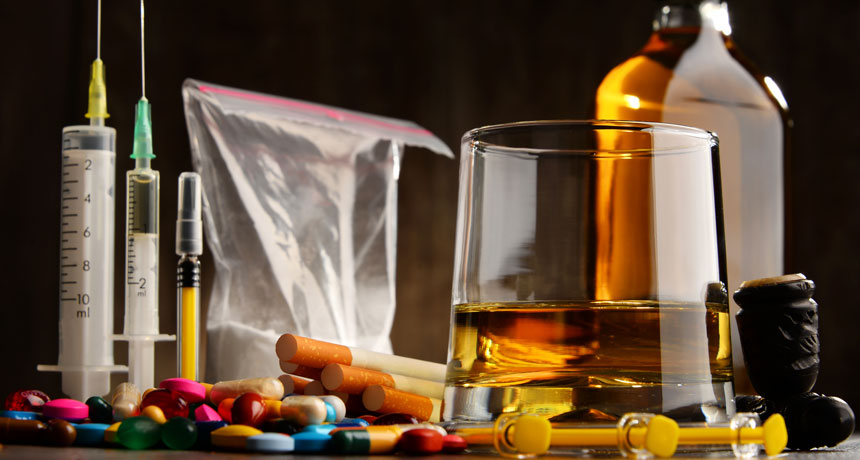Number of teens who report doing drugs falls in 2016

Fewer teenagers in the United States used drugs in 2016 than in previous decades. The positive news comes from an annual survey of almost 45,500 U.S. students in grades eight, 10 and 12.
“There’s a lot of good news here,” says pediatrician Sharon Levy of Boston Children’s Hospital. Public health messages from pediatricians, educators and others seem to be sinking in, she says. “I think that’s fabulous. Substance use is one of the most important — yet modifiable — behavioral health issues of adolescents.”
Adolescents’ use of many of the substances, including alcohol and cigarettes, hit an all-time low since the survey, known as the Monitoring the Future study, began collecting data 42 years ago. Heroin, methamphetamines, inhalants and stimulants also hit lows this year.
E-cigarettes have been particularly concerning as more adolescents gave the new devices a try, reaching a high in 2015 (SN: 5/28/16, p. 4). For the first time, the number of students who vape is declining, the survey found. In 2015, 16.3 percent of 12th-graders reported vaping in the last 30 days. In 2016, that fell to 12.5. Similar declines were evident among eighth- and 10th-graders.
In a happy surprise, misuse of prescription opioid use decreased in the last five years among 12th–graders. The drop was “a big surprise,” particularly against a backdrop of a much wider opioid epidemic in the general population (SN: 9/3/16, p. 14), Nora Volkow, the director of the National Institute on Drug Abuse in Bethesda, Md., said December 13 at a news briefing.
The news isn’t all good, though. Marijuana bucked the declining trends, at least for 12th-graders. In 2016, about 6 percent of 12th-graders said they use marijuana daily — a number that hasn’t changed much in the last five years.
Researchers don’t yet know why the rates for many drugs are down, but one idea is that the drop in illegal drugs may stem in part from reductions in alcohol and tobacco use. “There is a connection there,” Lloyd Johnston, a social psychologist at the University of Michigan in Ann Arbor who led the survey, said in the news briefing.
The survey and the information it produces is “extremely important,” Levy says, “but it’s not everything.” Other measures of kids’ drug use, such as rates of substance use disorders, will offer a fuller view of how adolescents interact with drugs, she says.